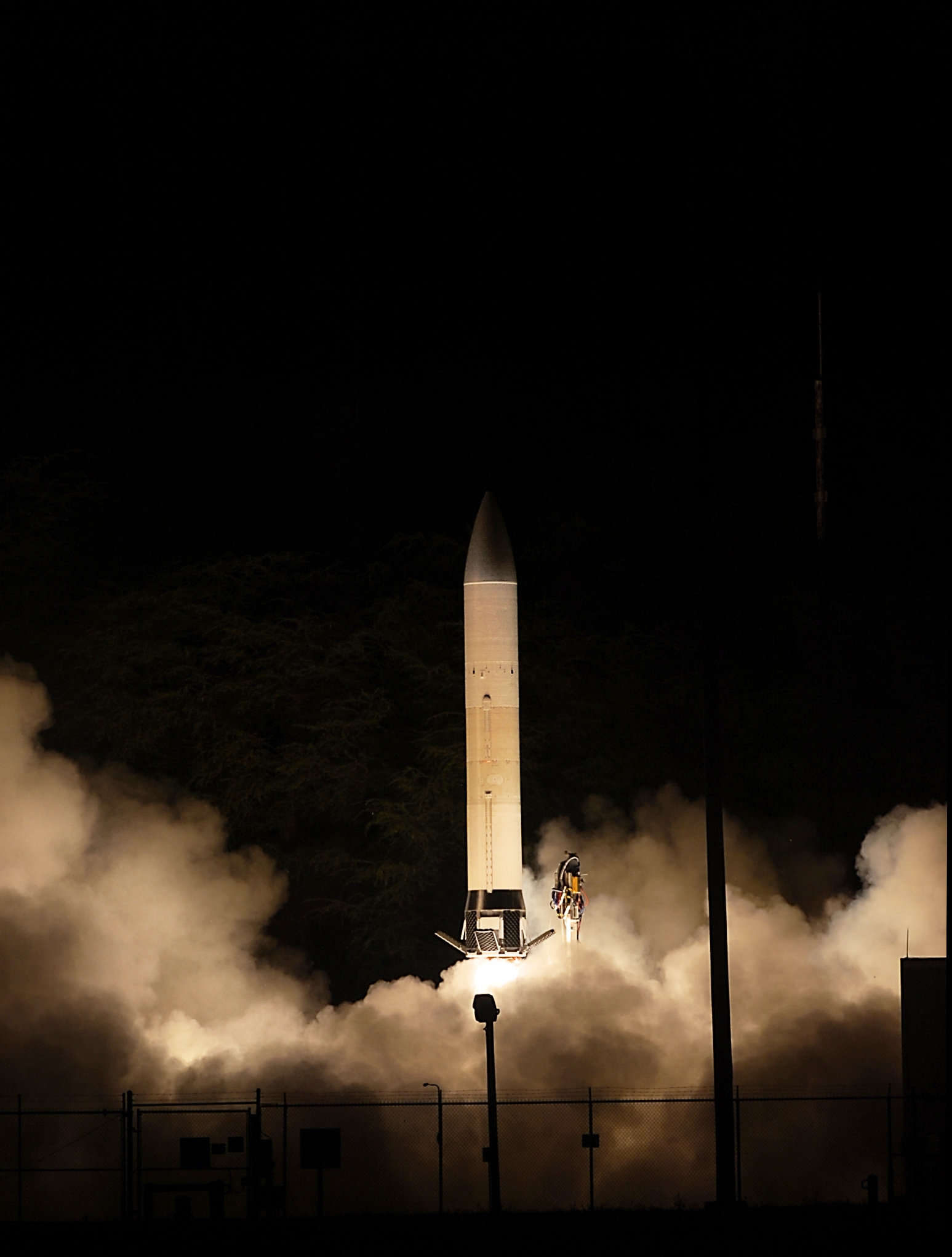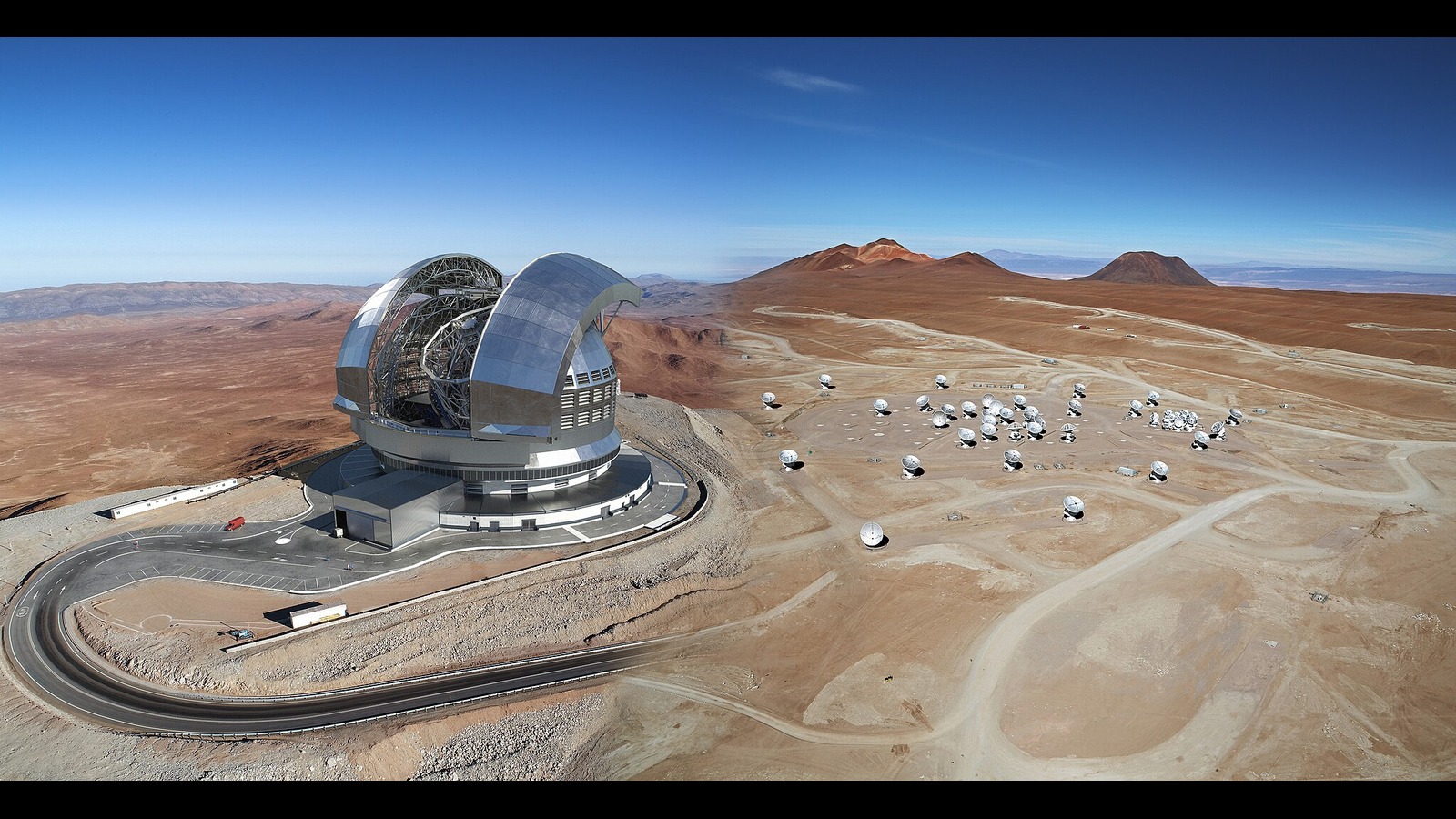US Military Blows Up Hypersonic Weapon After Failed Test Launch

The U.S. Army launched a prototype hypersonic weapon test from Alaska on Monday (Aug. 25), only to destroy the superfast vehicle seconds later when something went wrong.
The Advanced Hypersonic Weapon, as it is called, blasted off from Alaska's Kodiak Launch Complex just after 4 a.m. EDT (0800 GMT) on Monday, but was commanded to explode as a safety measure when an anomaly was detected in the test flight.
"The flight was terminated in the first four seconds," Pentagon spokeswoman Maureen Schumann told Space.com in an email. The weapon launched on a three-stage STARS solid rocket booster, she added.
Schumann said Monday's hypersonic weapon test is part of the Pentagon's Conventional Prompt Global Strike weapons technology development program. The program aims to develop and demonstrate promising weapons programs for potential uses on land and sea, she added. An investigation into the launch failure is now under way. [DARPA's Hypersonic HTV Bomber in Pictures]

Hypersonic flight is typically defined as traveling at speeds of at Mach 5, five times the speed of sound, or above. At sea level, the speed of sound is about 762 mph (1,226 km/h).
Photographer Scott Wight in Kodiak, Alaska, hoped to photograph Monday's launch with the Milky Way as a backdrop, only to capture a photo of the explosion instead.
"I think it was about a minute or so before the roar of the takeoff made it to us followed shortly after by the sound of the explosion," Wight said in a message to Space.com. "I didn't notice any shock wave although I've heard others say they felt something."
Breaking space news, the latest updates on rocket launches, skywatching events and more!
Monday's Advanced Hypersonic Weapon test was overseen by the U.S. Army Space and Missile Defense Command and Army Forces Strategic Command. The Army launched a successful test of the weapon in 2011 from the Pacific Missile Range Facility in Kauai, Hawaii.
That 2011 test sent the prototype weapon across the Pacific Ocean to the Army's Ronald Reagan Test Site on the Kwajalein Atoll in the Marshall Islands. It traveled 2,500 miles in 30 minutes, according a U.S. Army statement released at the time.

Over the last few years, the U.S. military has launched several hypersonic weapon tests in the pursuit of superfast weapons delivery systems and futuristic bombers.
The Defense Advanced Research Projects Agency (DARPA) has launched two test flights of an ultrafast bomber prototype called the Hypersonic Test Vehicle (HTV). The second HTV launch in 2011 reached a mind-blowing speed of Mach 20 before it losing control.
Last year, the U.S. Air Force conducted the fourth test flight of its air-launched X-51A Waverider scramjet vehicle, which reached a speed of Mach 5.1 before plunging into the Pacific Ocean as planned.
Email Tariq Malik at tmalik@space.com or follow him @tariqjmalik and Google+. Follow us @Spacedotcom, Facebook and Google+. Original article on Space.com.
Join our Space Forums to keep talking space on the latest missions, night sky and more! And if you have a news tip, correction or comment, let us know at: community@space.com.

Tariq is the Editor-in-Chief of Space.com and joined the team in 2001, first as an intern and staff writer, and later as an editor. He covers human spaceflight, exploration and space science, as well as skywatching and entertainment. He became Space.com's Managing Editor in 2009 and Editor-in-Chief in 2019. Before joining Space.com, Tariq was a staff reporter for The Los Angeles Times covering education and city beats in La Habra, Fullerton and Huntington Beach. In October 2022, Tariq received the Harry Kolcum Award for excellence in space reporting from the National Space Club Florida Committee. He is also an Eagle Scout (yes, he has the Space Exploration merit badge) and went to Space Camp four times as a kid and a fifth time as an adult. He has journalism degrees from the University of Southern California and New York University. You can find Tariq at Space.com and as the co-host to the This Week In Space podcast with space historian Rod Pyle on the TWiT network. To see his latest project, you can follow Tariq on Twitter @tariqjmalik.
